The Retail Logistics Market is currently characterized by a dynamic competitive landscape, driven by rapid technological advancements and evolving consumer expectations. Key players such as Amazon (US), DHL (DE), and FedEx (US) are at the forefront, each adopting distinct strategies to enhance their operational capabilities. Amazon (US) continues to leverage its extensive fulfillment network and advanced data analytics to optimize delivery times, while DHL (DE) focuses on sustainability initiatives, aiming to reduce carbon emissions across its logistics operations. FedEx (US), on the other hand, emphasizes its global reach and service diversification, positioning itself as a leader in e-commerce logistics. Collectively, these strategies not only enhance individual company performance but also intensify competition within the market, as firms strive to meet the increasing demand for efficient and reliable logistics solutions.
In terms of business tactics, companies are increasingly localizing manufacturing and optimizing supply chains to respond swiftly to market fluctuations. The Retail Logistics Market appears moderately fragmented, with a mix of large multinational corporations and regional players. This structure allows for a diverse range of services and innovations, as key players collaborate and compete to capture market share. The influence of major companies is profound, as their strategic decisions often set industry standards and drive technological advancements.
In August 2025, Amazon (US) announced the expansion of its drone delivery service, aiming to enhance last-mile logistics efficiency. This strategic move is significant as it not only reduces delivery times but also aligns with the growing consumer preference for rapid fulfillment. By investing in drone technology, Amazon (US) positions itself to maintain a competitive edge in the e-commerce sector, potentially reshaping consumer expectations regarding delivery speed and convenience.
In September 2025, DHL (DE) unveiled its new green logistics initiative, which includes the deployment of electric vehicles across its delivery fleet. This initiative underscores DHL's commitment to sustainability and reflects a broader industry trend towards environmentally responsible logistics practices. By prioritizing green logistics, DHL (DE) not only enhances its brand reputation but also meets the increasing regulatory pressures and consumer demand for sustainable operations.
In October 2025, FedEx (US) launched a new AI-driven analytics platform designed to optimize supply chain management for its clients. This platform aims to provide real-time insights and predictive analytics, enabling businesses to make informed decisions regarding inventory and logistics. The introduction of such technology indicates a shift towards data-driven logistics solutions, which could significantly enhance operational efficiency and customer satisfaction.
As of October 2025, the Retail Logistics Market is witnessing a pronounced trend towards digitalization, sustainability, and the integration of artificial intelligence. Strategic alliances among key players are increasingly shaping the competitive landscape, fostering innovation and enhancing service offerings. The evolution of competition appears to be shifting from traditional price-based strategies to a focus on technological innovation, supply chain reliability, and sustainability. This transition suggests that companies that prioritize these aspects are likely to achieve a competitive advantage in the increasingly complex logistics environment.


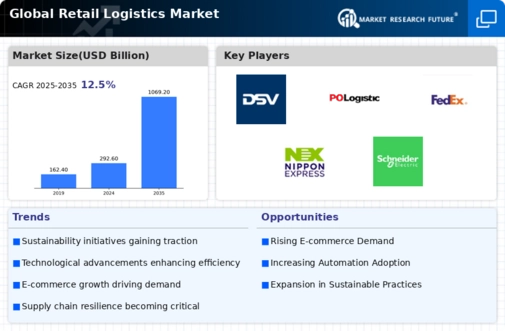

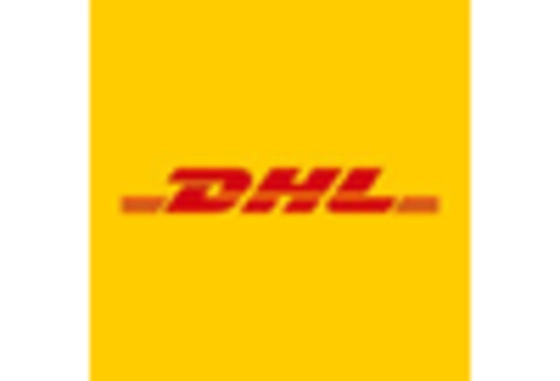
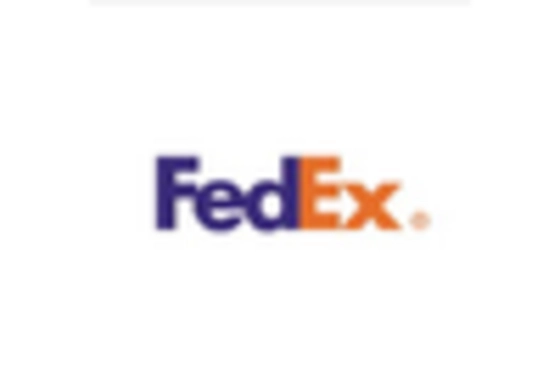

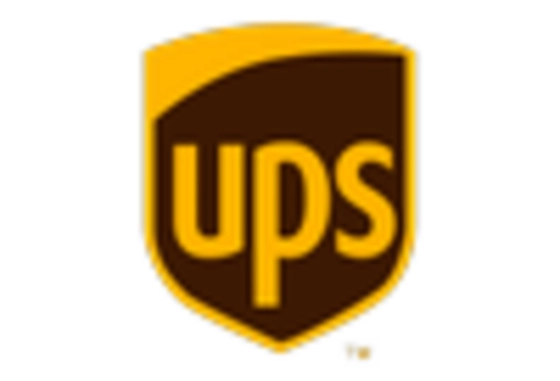
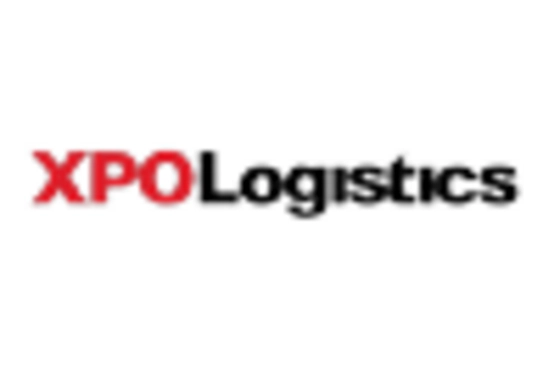








Leave a Comment